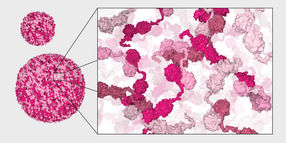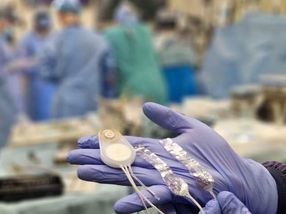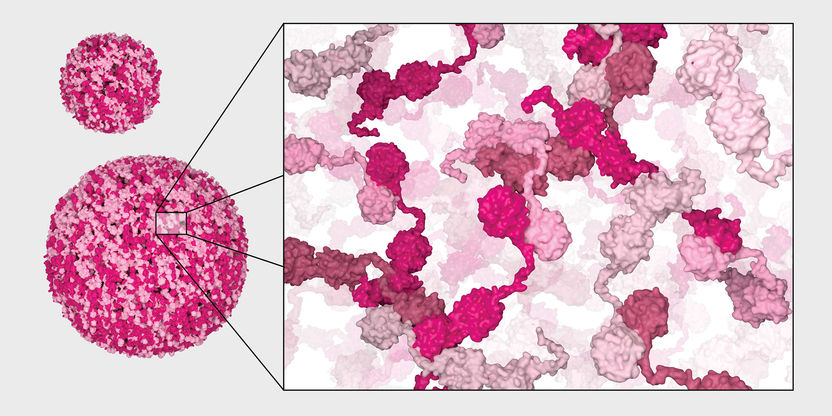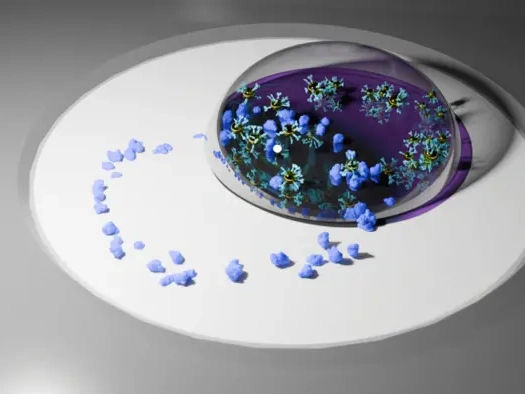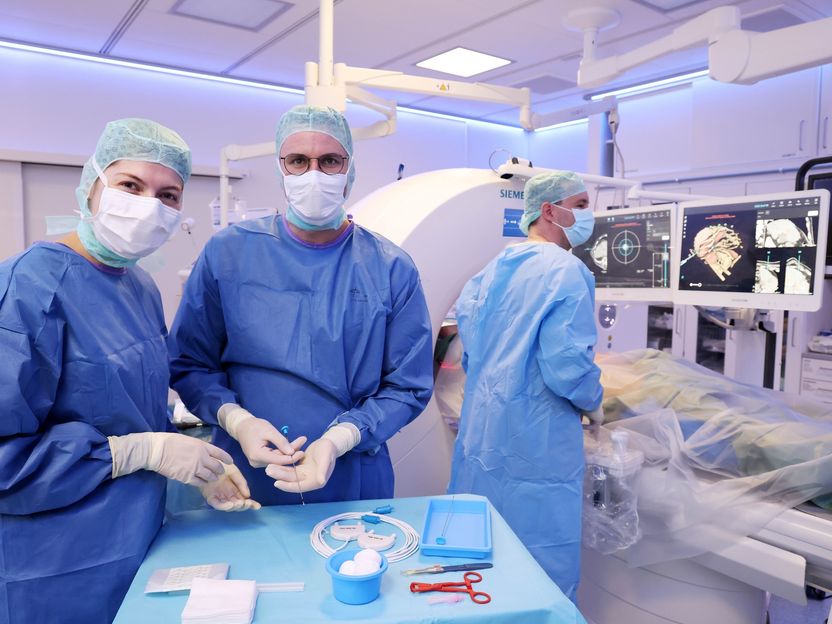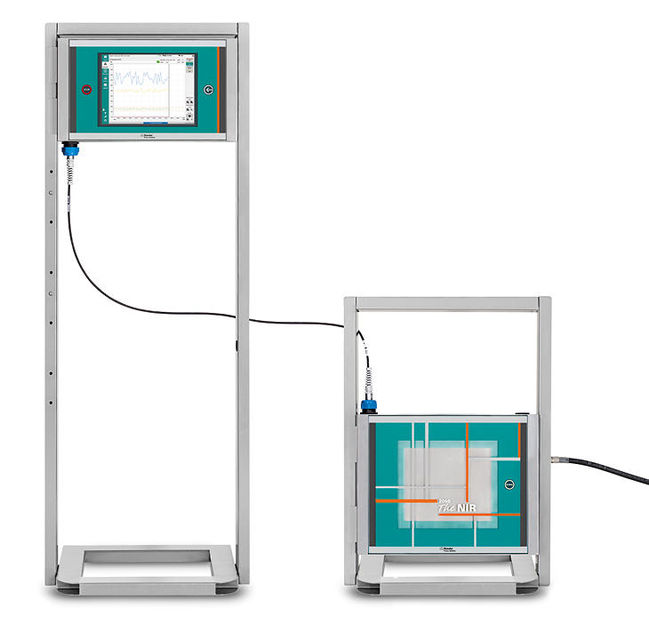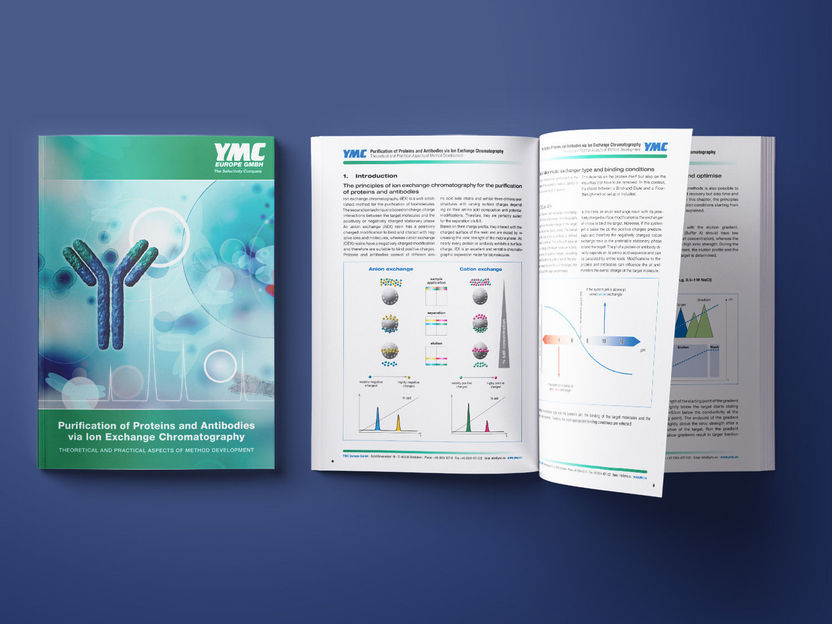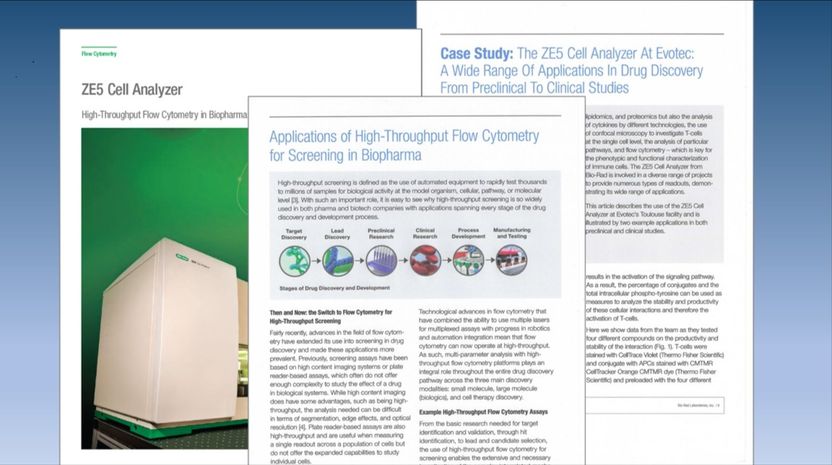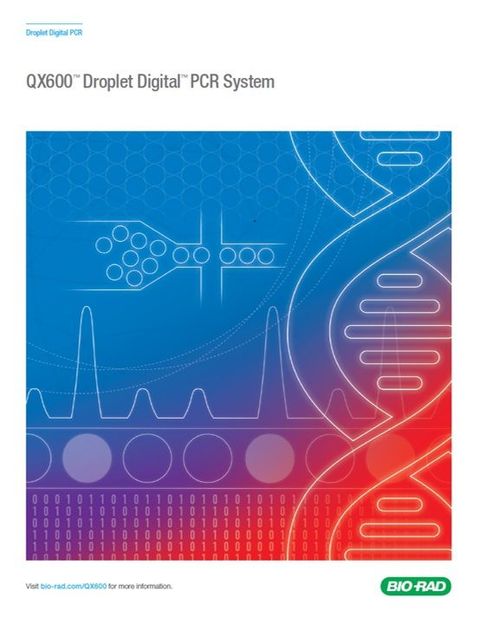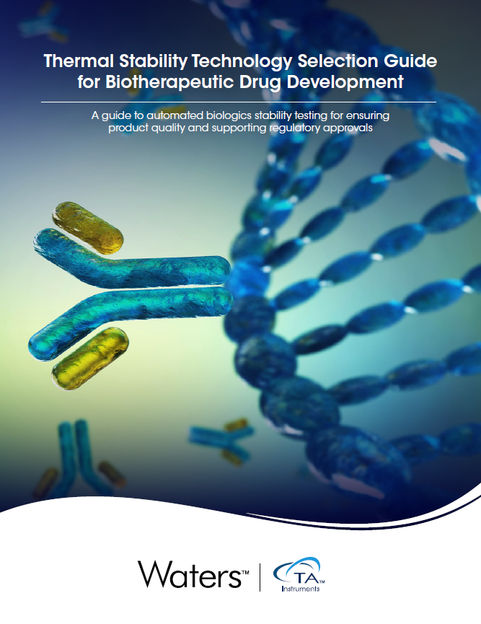How immune cells switch into attack mode
New insights into macrophage biology
Advertisement
Fighting off pathogens is a tour de force that must happen with speed and precision. A team of researchers at CeMM and MedUni Vienna led by Christoph Bock and Matthias Farlik has investigated how macrophages—immune cells that are the body’s first responders—master this challenge. Their study offers a time-resolved analysis of the molecular processes that unfold when these cells encounter various pathogens. They developed a new method that combines gene editing and machine learning, which identified key regulators of macrophage immune responses.
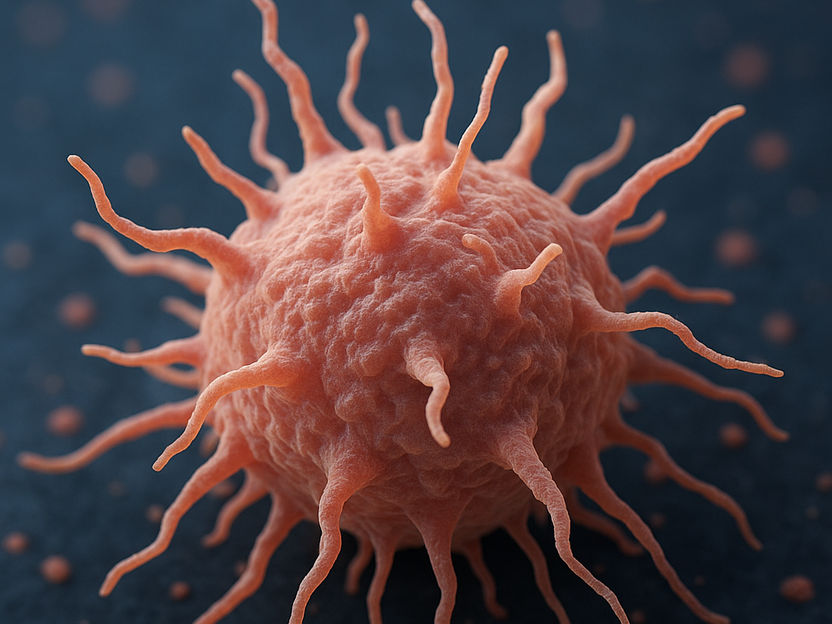
Computer visualization of a macrophage with its characteristic protrusions used to sense its environment, to “crawl”, and to engage pathogens.
CeMM
Macrophages (Greek for “big eaters”) deserve their name: their job is to recognize invading pathogens such as bacteria or viruses, engulf them and break them down into their biochemical building blocks. Macrophages are also messengers: they release various signals to recruit other immune cells, trigger inflammation, and present digested fragments of pathogens on their surface, guiding the adaptive immune system to develop long-term immunity.
Macrophages encountering a pathogen are under immense pressure. If they react too late or not decisively enough, an infection may become fatal. But an overshooting immune response is equally damaging. Within a very short time, a tailored immune response must be initiated: cascades of biochemical reactions triggered, thousands of genes activated, and an arsenal of substances produced—each response tailored to the specific pathogen encountered.
Network of Regulators Uncovered
To understand how macrophages coordinate this multitude of tasks, the team led by Christoph Bock (CeMM Principal Investigator and Professor at MedUni Vienna) and Matthias Farlik (Principal Investigator at the MedUni Vienna) exposed macrophages from mice to various immune stimuli that mimic bacterial or viral infections. They tracked the changes inside the cells by measuring gene activity and DNA accessibility every few hours, establishing a molecular timeline of how the regulatory programs unfold step by step.
Next, the team identified regulatory proteins that orchestrate these programs, using CRISPR genome editing to produce hundreds of gene knockouts and single-cell RNA sequencing to characterize the genetically perturbed cells. This innovative method uncovered a network of several dozen regulators that share the responsibility of triggering the most appropriate immune response. The identified regulators include many “usual suspects” such as the JAK-STAT signaling pathway, but also splicing factors and chromatin regulators whose role in immune regulation is not well understood.
“It is impressive how much complexity there is in this ancient part of our immune system, which we share with sponges, jellyfish and corals,” says senior author Christoph Bock. “Thanks to the advances in CRISPR screening technology, we can systematically study the underlying regulatory programs.”














